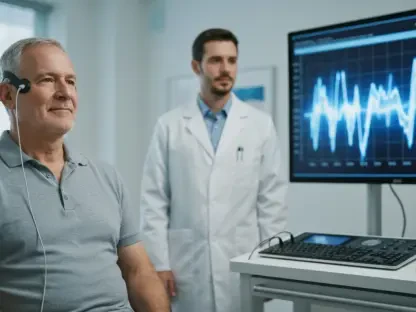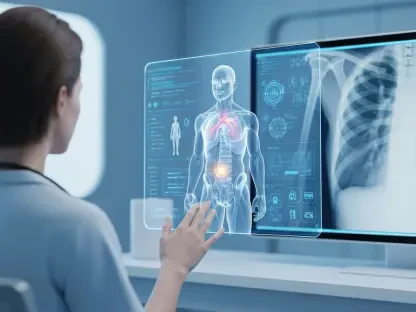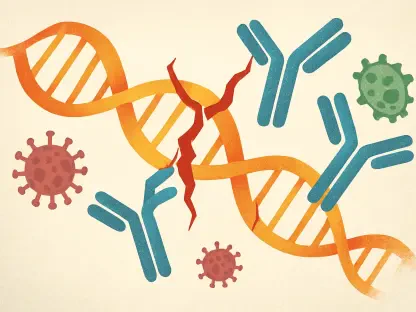Could a routine mammogram hold more information than meets the eye? With the advent of artificial intelligence (AI), the potential to transform mammogram analysis into a tool for accurately predicting breast cancer risk is now a tangible reality. This game-changing development has emerged as a beacon of hope for early detection, paving the way for more precise medical interventions.
The Critical Need for Accurate Breast Cancer Risk Assessment
Breast cancer remains a significant health concern, with existing risk assessment methods presenting notable challenges. Traditional approaches often rely on patient questionnaires about family history and demographics, which can inadvertently overlook key indicators detectable in mammograms. The need for more reliable risk evaluation methods is urgent, as disparities in early detection persist, significantly impacting patient outcomes. Therefore, leveraging advanced technology could bridge these gaps and enhance screening processes.
Decoding the AI Innovation: Prognosia Breast in the Spotlight
At the forefront of this technological shift is Prognosia Breast, an AI tool crafted by the minds at Washington University School of Medicine. Designed to enhance prediction accuracy of breast cancer risk over five years, it utilizes mammogram images and a woman’s age, surpassing traditional methods by 2.2 times in terms of reliability. The tool accommodates both two-dimensional and three-dimensional mammography formats, widening its clinical applicability. The innovation marks a vital step forward in refining predictive diagnostics and promoting personalized healthcare.
Insights from Influencers: Professional Opinions and Recognitions
Champions of Prognosia Breast, such as Graham A. Colditz, MD, DrPH, and Shu (Joy) Jiang, PhD, underscore its promising global reach and its potential to complement existing practices. Their vision aligns with the broader healthcare objectives of providing comprehensive screening resources worldwide. The FDA’s Breakthrough Device designation further attests to the innovation’s significance, expediting its journey to market and acknowledging the fusion of entrepreneurial ingenuity and academic research within medical technology.
Envisioning the Future: AI’s Role in Clinical Integration and Beyond
Integrating AI-driven tools like Prognosia Breast into everyday healthcare could revolutionize patient outcomes by facilitating early detection and intervention. With mammograms already a staple for women aged 50 to 74, this innovation complements routine assessments and aligns with recommendations from leading clinical bodies for proactive management of high-risk patients. Future advancements might include extending its analysis capabilities to cover broader temporal scopes, thus refining predictive accuracy and cementing its role in preventative strategies.
In a world continuously leaning on advanced analytics, AI’s role in mammogram analysis is poised to redefine breast cancer risk assessment. By entrusting this technology with the power to enhance early diagnosis and implement personalized prevention measures, the medical community takes significant strides toward improved patient care experiences. As Prognosia Breast progresses, it signifies more than just an evolution in technology; it represents a transformative approach to healthcare where proactive and personalized strategies drive outcomes. Subsequently, ongoing collaboration and integration across institutions remain essential to realize its full potential in clinical applications.









